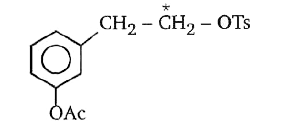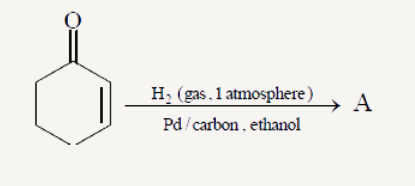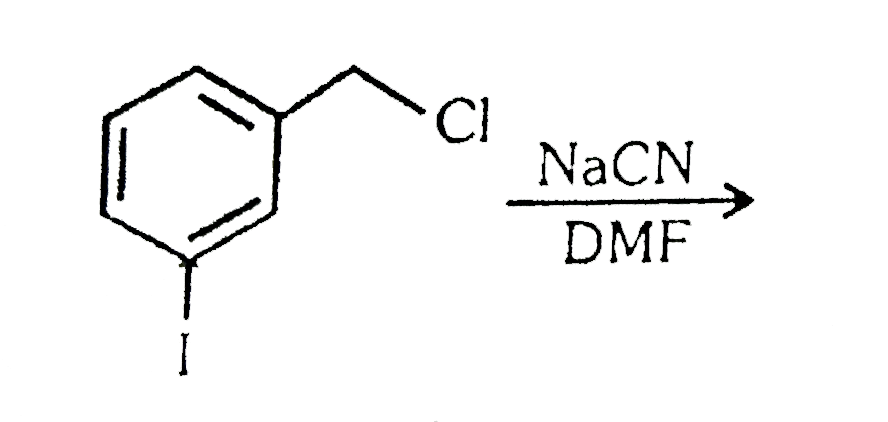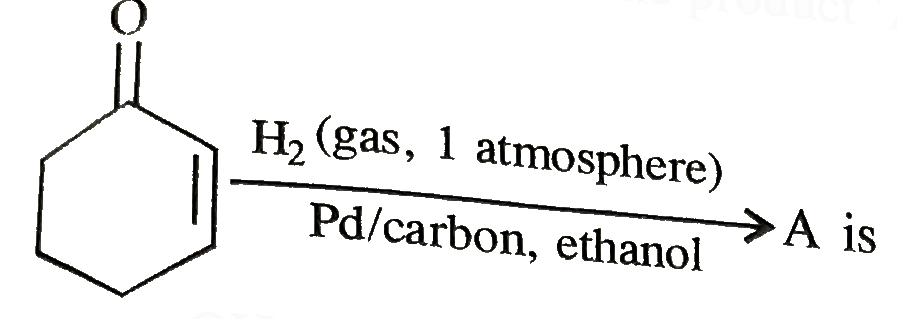Transition state structure of the substrate formed during an enzymatic reaction is
transient and unstable
permanent and stable
transient but stable
permanent but unstable
The correct Answer is:1
To solve the question regarding the transition state structure of the substrate formed during an enzymatic reaction, we can break it down into the following steps:
1. Understanding Enzymes:
- Enzymes are biological catalysts that speed up chemical reactions by lowering the activation energy required for the reaction to occur.
Hint: Remember that enzymes are crucial for facilitating biochemical reactions.
2. Substrate Binding:
- The enzymatic reaction begins when a substrate binds to the active site of the enzyme, forming an enzyme-substrate complex (ES complex).
Hint: Think about how the shape of the enzyme and substrate must complement each other for binding.
3. Formation of Transition State:
- When the substrate is bound to the enzyme, it undergoes a transformation to reach a transition state. This transition state is characterized by a high-energy, unstable configuration that occurs during the conversion of substrate to product.
Hint: Consider the energy changes that occur during the reaction process.
4. Characteristics of Transition State:
- The transition state is transient and unstable. It represents a point of maximum energy along the reaction pathway, where the substrate is neither fully reactant nor product.
Hint: Focus on the terms "transient" and "unstable" when describing the transition state.
5. Completion of Reaction:
- After reaching the transition state, the reaction proceeds to form the product, which then dissociates from the enzyme, allowing the enzyme to catalyze further reactions.
Hint: Remember that the enzyme returns to its original state after the reaction.
Final Answer:
The transition state structure of the substrate formed during an enzymatic reaction is transient and unstable.
- Enzymes are biological catalysts that speed up chemical reactions by lowering the activation energy required for the reaction to occur.
- The enzymatic reaction begins when a substrate binds to the active site of the enzyme, forming an enzyme-substrate complex (ES complex).
- When the substrate is bound to the enzyme, it undergoes a transformation to reach a transition state. This transition state is characterized by a high-energy, unstable configuration that occurs during the conversion of substrate to product.
- The transition state is transient and unstable. It represents a point of maximum energy along the reaction pathway, where the substrate is neither fully reactant nor product.
- After reaching the transition state, the reaction proceeds to form the product, which then dissociates from the enzyme, allowing the enzyme to catalyze further reactions.
The transition state structure of the substrate formed during an enzymatic reaction is transient and unstable.
Topper's Solved these Questions
Similar Questions
Knowledge Check
Product(s) formed during this reaction is/are :
 A
A B
B C
C Dboth (a) and (b)
Dboth (a) and (b)The structure of the product formed in the reaction given below is :
 A
A B
B C
C D
D
No new substance is formed during a chemical reaction………..
View SolutionThe structure of the intermediate formed in the Riemer Tiemann reaction is :
View SolutionChoose the wrong enzymatic reaction.
View SolutionThe correct structure of the product A formed in the reaction

is
View SolutionThe structure of the major product formed in the following reaction is:

View SolutionThe correct structure of the product 'A' formed in the reaction

View Solution
